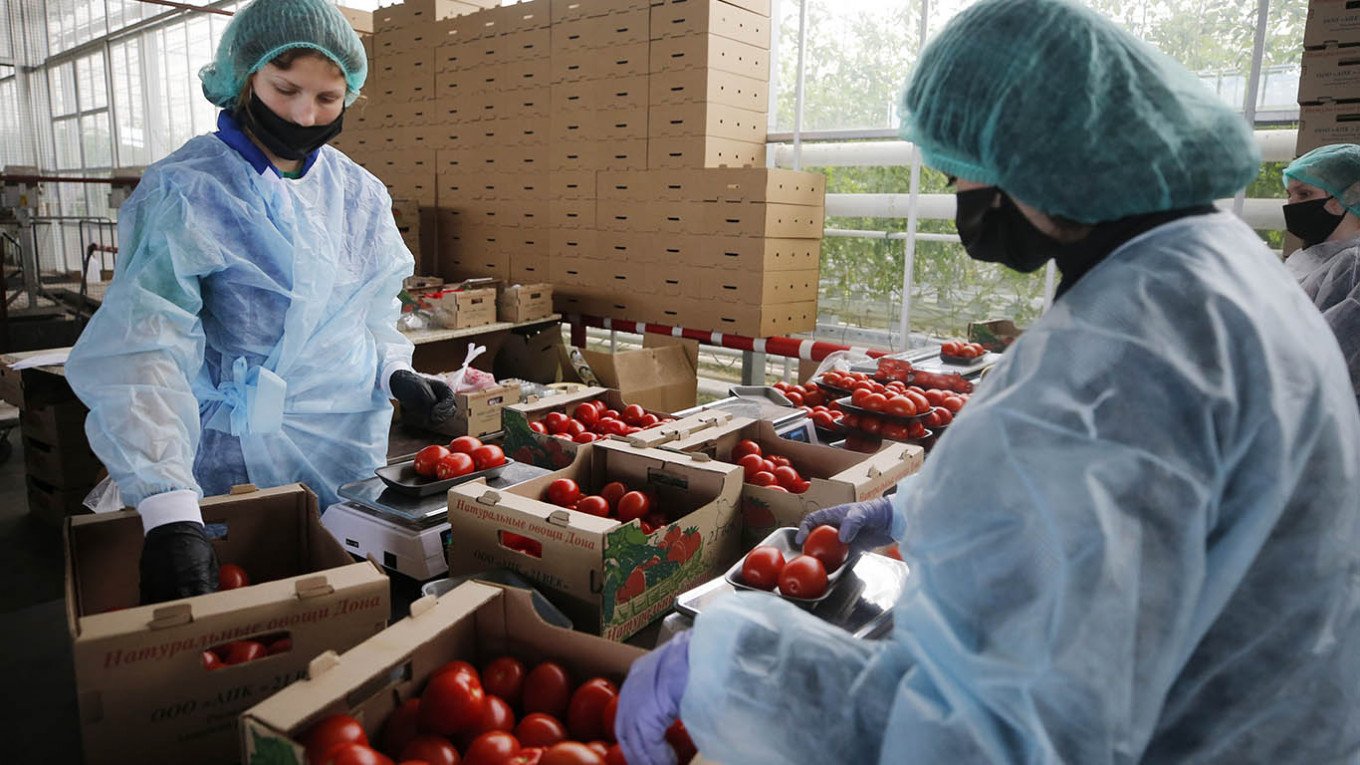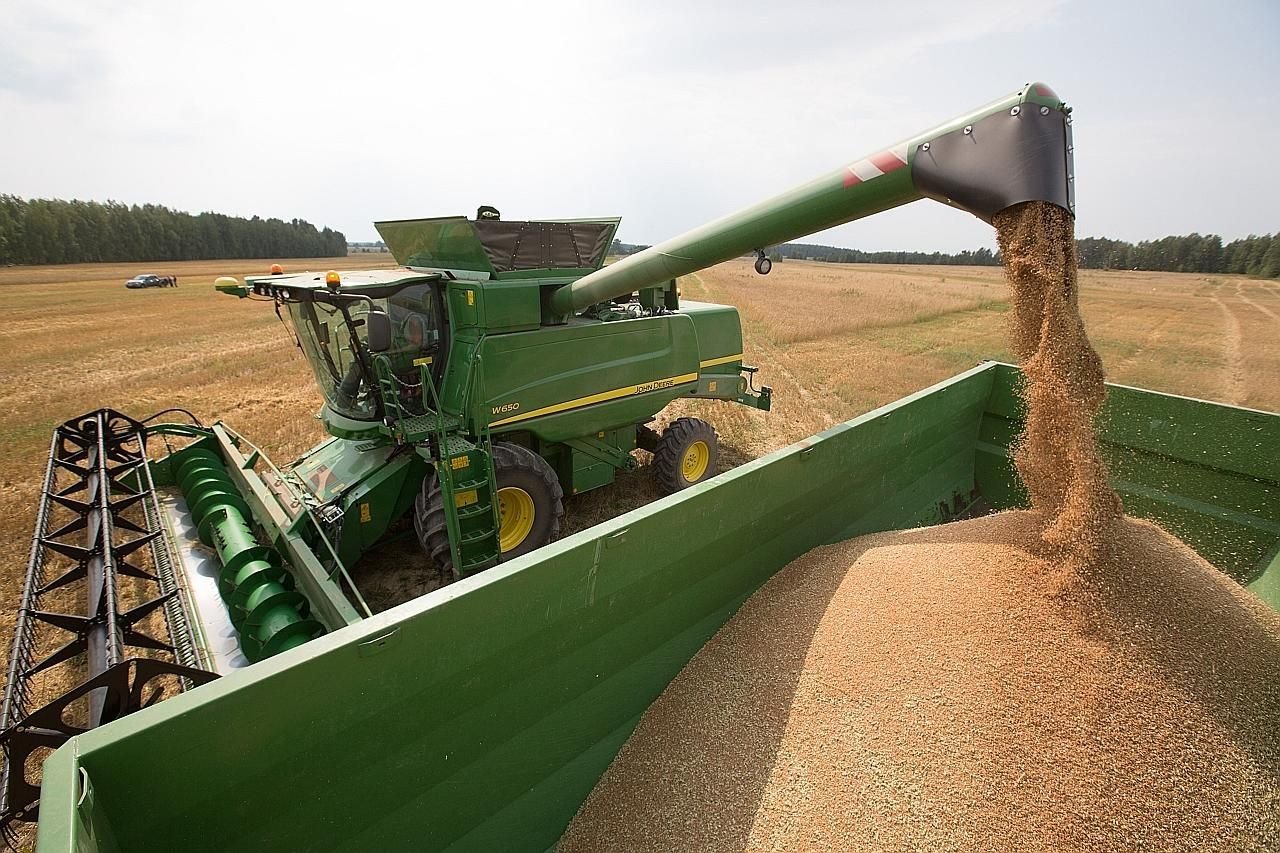HIGHLIGHTS
- Mr. Dmitry Krasnov, Director of Russia’s AgroExport Center, forecasts that the country’s agricultural exports will increase from 30.5 billion USD in 2020 to 37 billion USD in 2024.
- The Russian Government has set a target by 2030 to produce 150 million tons of grain per year to meet the rapidly increasing demand for animal feed of the domestic market.
FULL ARTICLE
Market of Russian agricultural products
Since the 2014 food embargo was implemented, Russia has lost almost all of its supply from the US, EU and other countries. This has led to shortages of some products and food inflation in Russia. However, Russian agricultural companies have achieved food security goals in almost all livestock industries through subsidies and dedicated projects.

Mr. Dmitry Krasnov, Director of Russia’s AgroExport Center, forecasts that the country’s agricultural exports will increase from 30.5 billion USD in 2020 to 37 billion USD in 2024. Specifically, additional export revenue will reach 6.5 billion USD, including about 2 billion USD from food products; 1.78 billion USD from oils and fats; and about $0.98 billion from cereals. In addition, he estimates that nearly 81% of investments are expected to be “pumped” into brand new projects.
Just like in previous years, the European market, which will account for most agricultural production growth, may hold the largest share of Russia’s total planned investments, with a capital of about 4.14 billion USD.
Russia ushers in a new grain era
The expansion of Russian grain production will boost export growth in the coming years. Accordingly, the Russian Government has set a target by 2030 to produce 150 million tons of grain per year to meet the rapidly increasing demand for animal feed of the domestic market.
To achieve this goal, the Russian Ministry of Agriculture recently spent about $81.5 million launching a program to develop new and higher-yielding cereal varieties. The program envisages at least 26 competing cultivars, of which about 17 will be available by 2025.

“In the global market, we see three relatively new processes, including wheat hybrids, genome editing CRISPR technology, and commercial development of GM seeds. If these processes are successful, the grain market might change dramatically and pose a serious challenge to our traditional seed production”, said Mr. Dmitry Rylko, General Director of the Russian Agricultural Market Research Institute.
The principal aim of the program is to restructure Russia’s grain industry and convince farmers to switch to higher-value grains. As explained by Ms. Elena Turina, Director of the Analysis Department of the Russian Grain Union, the current production of both high-gluten wheat and durum wheat in Russia is not enough to meet the rapidly growing demand. This is a problem that the new program can solve.
Thanh Thao
Coffee prices increased sharply, who is the bearer?













